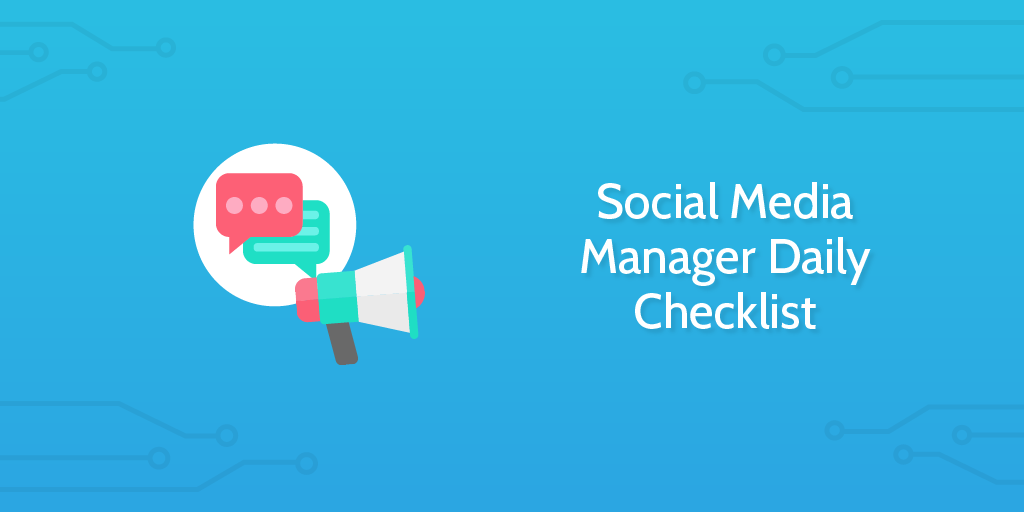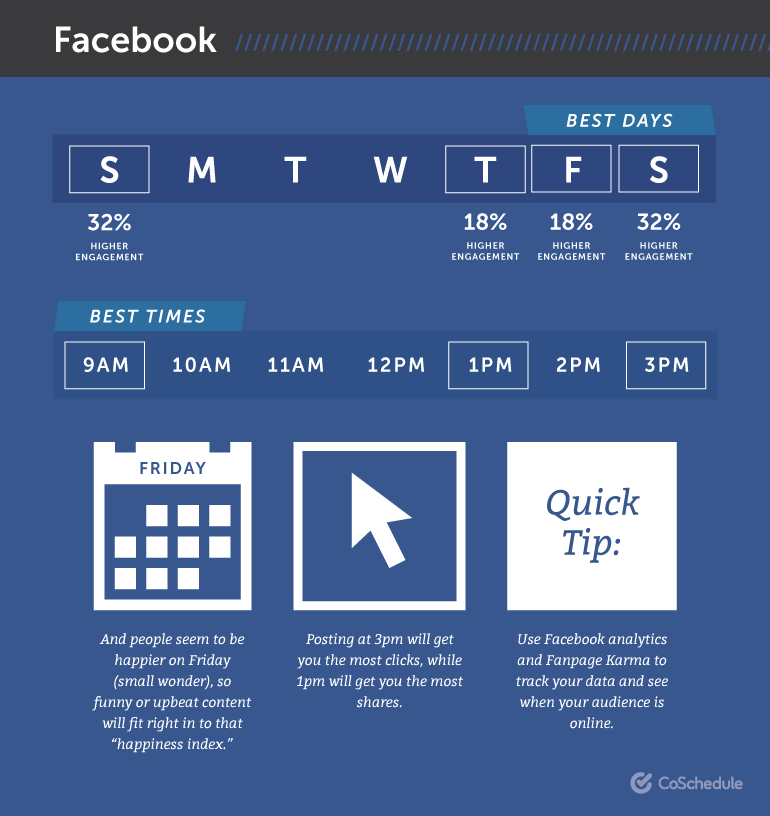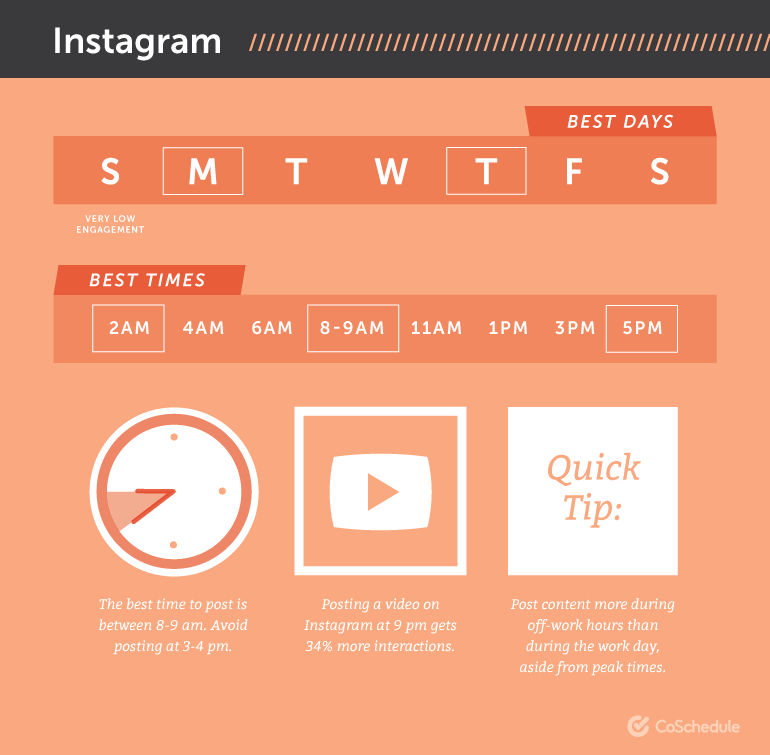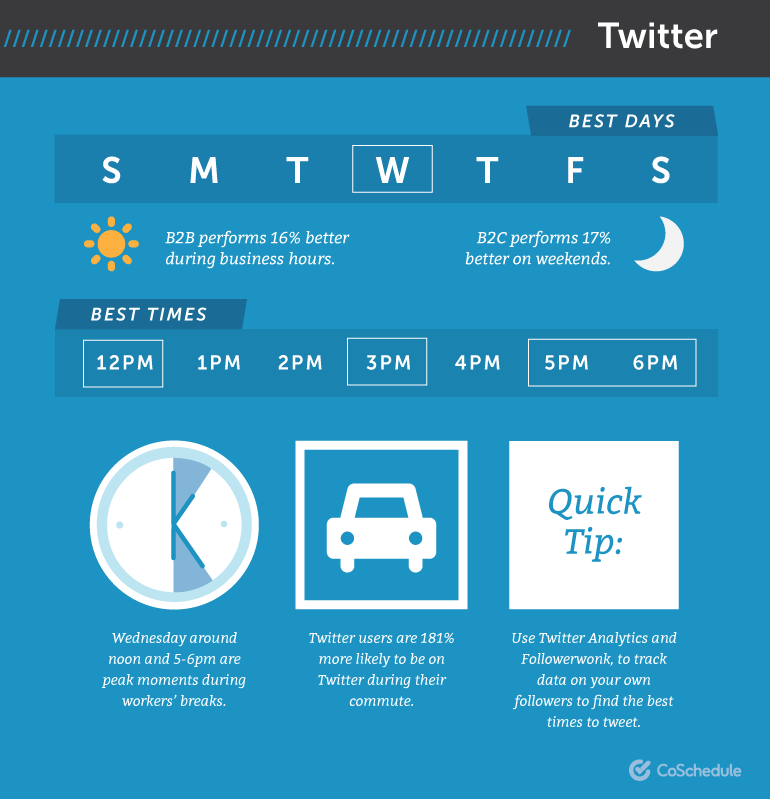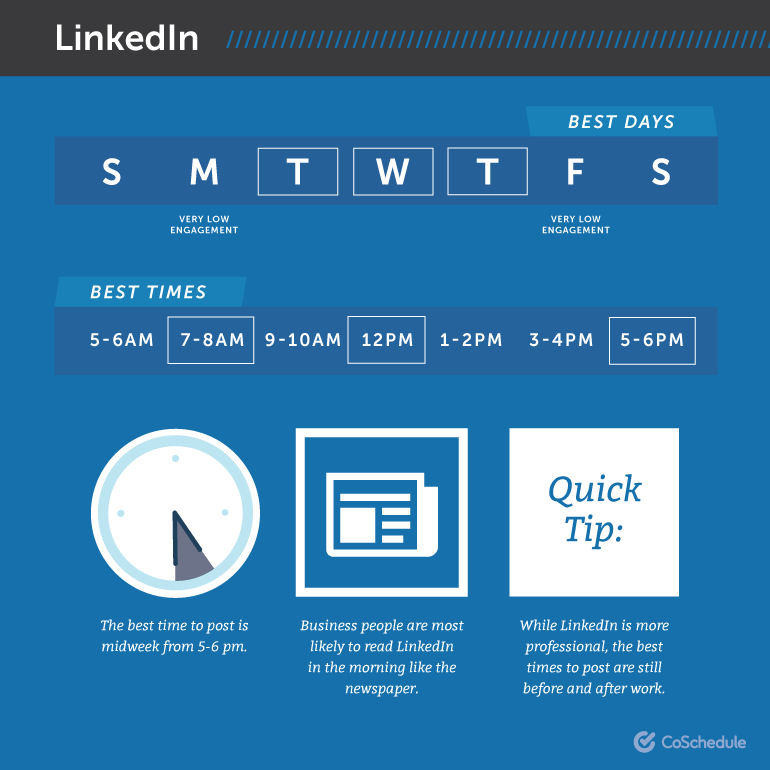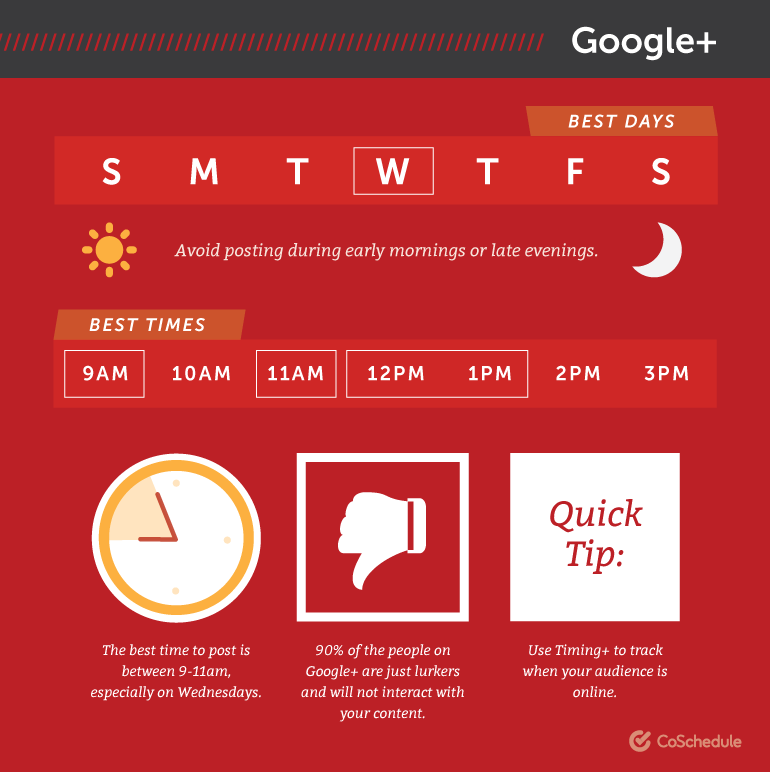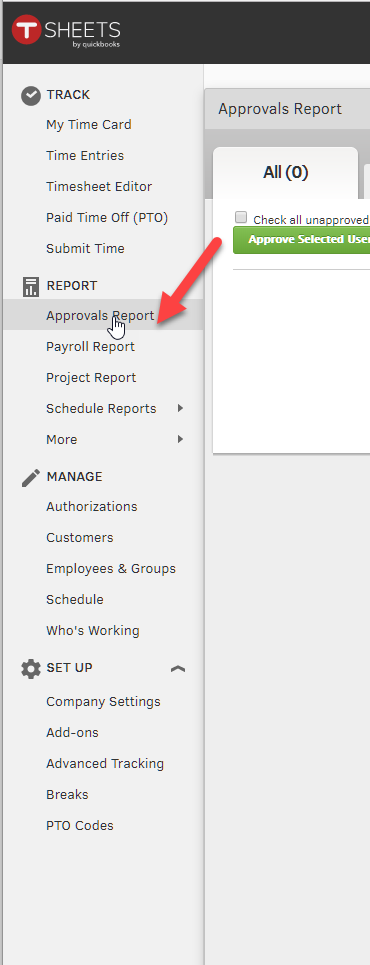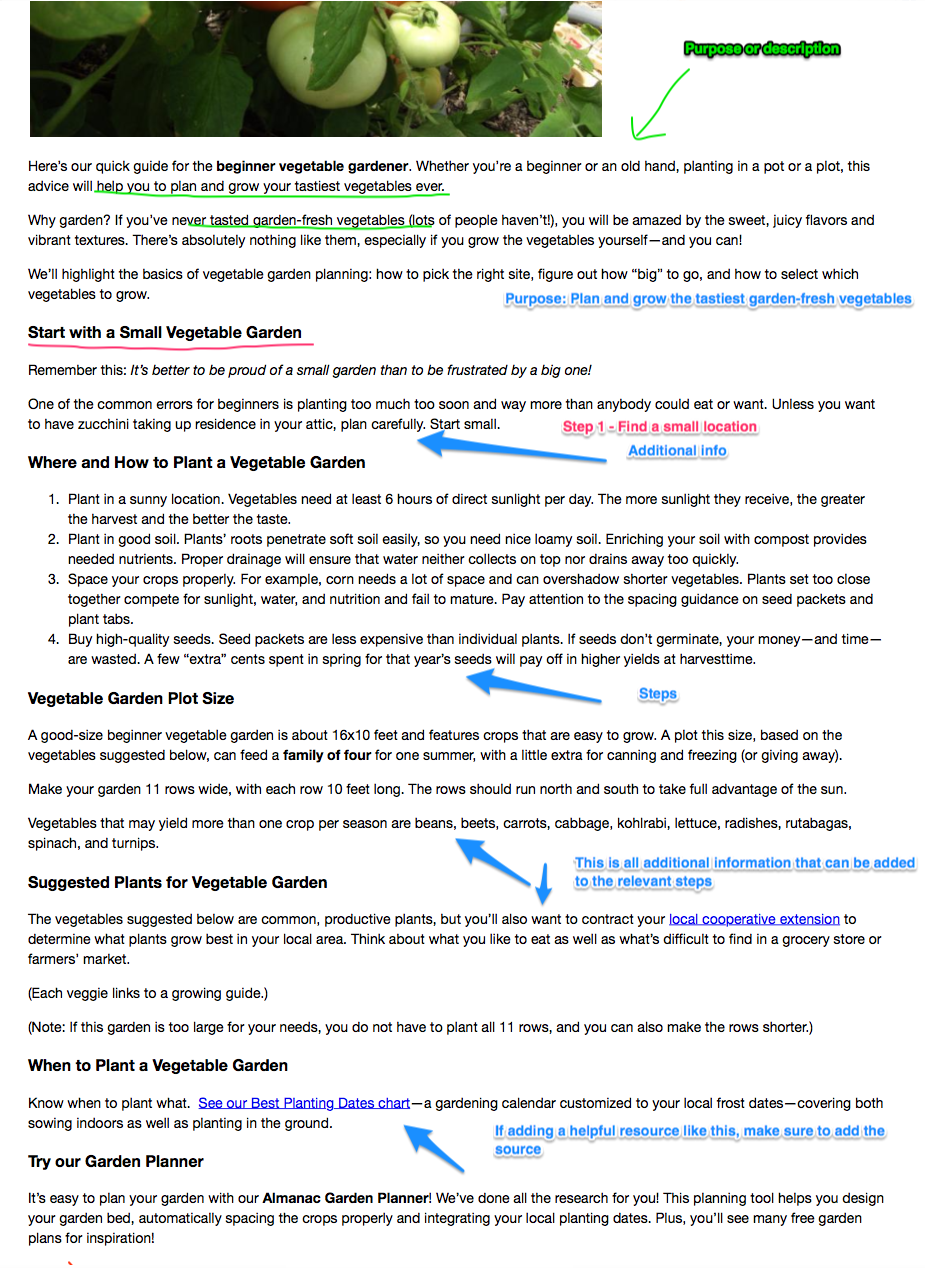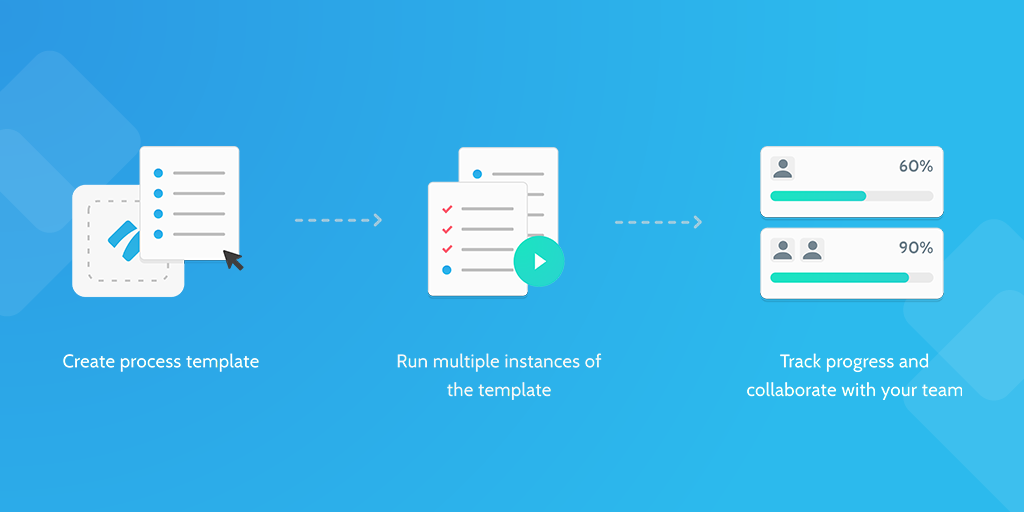Social media managers have a lot on their plate - and when you're doing any kind of regular SMM, which can be busy work, you need to make sure you're covering all your bases and balancing your time in the best way possible.
It's no surprise that such a diverse marketing channel as social media, with all its potential, has just as many things to remember when considering everything that goes into a single day's work as a social media manager.
You'll be relieved to hear, then, that this checklist was created with you in mind. You can run this checklist at the start of your day to free up some headspace and drop that nagging feeling in the back of your head that you just might have forgotten something.
Plus, Process Street uses API integration to make it easy for you to hook this checklist into over 1,000 apps you already use, like Buffer and Mention.
Having a solid process which checks all of the boxes for what needs to be done that day and runs over each task in a clear, concise format is invaluable, and you could save so much time and money using this checklist as part of your social media management process.
So, let's get started.

